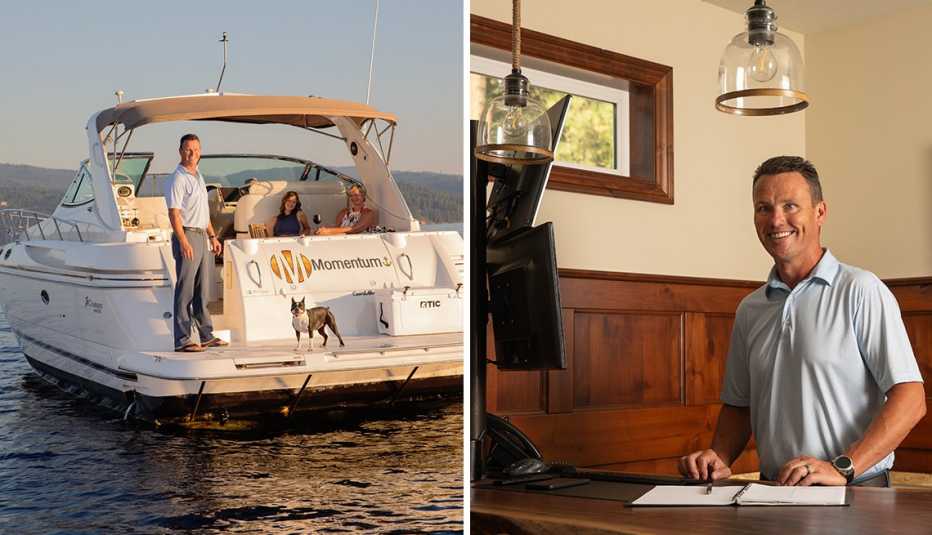Staying Fit


In 2021, roughly a year after corporate America sent so many employees home with laptops due to the COVID-19 pandemic, the burning question was whether remote work would become permanent. We have our answer. As we approach the four-year anniversary of the pandemic’s start, about 40 percent of American adults still log in from afar, either full-time or in hybrid work arrangements, according to WFH Research. And the share of remote workers is expected to increase, says hiring site Upwork.
We’re entering the next stage of this shift, in which remote workers increasingly explore their new geographical freedom. Many are discovering that “work from home” doesn’t need to be taken so literally and they can travel without using up vacation days.


AARP Membership— $12 for your first year when you sign up for Automatic Renewal
Get instant access to members-only products and hundreds of discounts, a free second membership, and a subscription to AARP the Magazine.
“What the pandemic made me realize was that older adults were concerned about the quality of their personal lives,” says Siobhan Farr, 66, founder of Digital Nomads Beyond 50, a networking group that has grown to 2,150 members. “What we have left of life is too short to be spent going into the office. People thought they’d have to wait until retirement to travel, but they don’t.”
Though Farr took her experience to the extreme by selling off her belongings and traveling internationally full-time while still working, her Digital Nomads group includes people interested in all levels of this lifestyle.
“You don’t have to be a full-time nomad,” says Farr, who has visited 15 countries in nine months. “You can explore for three or four months and be otherwise home-based.”
Here is how some older workers are taking advantage of their newfound ability to roam.
Ben Miller, 50


Financial planner
Home base: Coeur d’Alene, Idaho
Miller serves his clients’ needs from his cabin in the woods. Or floating on a boat. Or from a rental house.
This wasn’t always the case: “I loved going into the office. I had a ‘you must be at work or you will fail’ mentality. I was stuck on that for a long time.”
But when face-to-face meetings dwindled and his office rent increased during the pandemic, Miller built an office on his Idaho property. That led to working elsewhere too.: “It was an organic transition. You almost have to retrain yourself that you can work from the hotel room and field calls from my stepdaughter’s gymnastics meet in Montana.”
During a work-travel trip, Miller generally completes a big chunk of duties in the morning, carves out afternoon free time, then clocks back in at the end of the day.
“I don’t want to work for 15 minutes here and 27 minutes there,” he says. “I’d rather get it done, check the box and know that right before the market closes, I’m going to make sure there’s nothing on fire.” Says his wife, Carrie: “The flexibility is the biggest perk. If my family is having a birthday party [in Boise], it's never ‘Let me see if I can get time off.’ ”





































































More From AARP
15 Work From Home Jobs That Are Hiring Now
The number of remote opportunities continues to increase
10 Work-From-Home Jobs (No Experience Required!)
Sales, customer service, travel and other fields are hiring remote workers now
Strong Majority Says Work-at-Home Environment Has Been a Boon
Work-life balance, lack of commute, comfort of workplace all cited as benefits